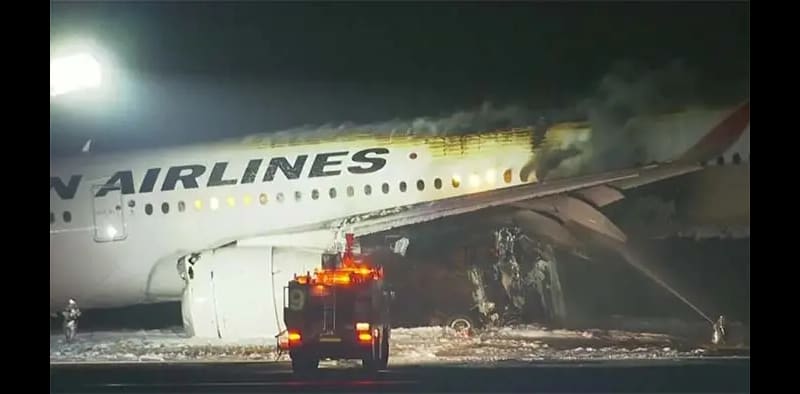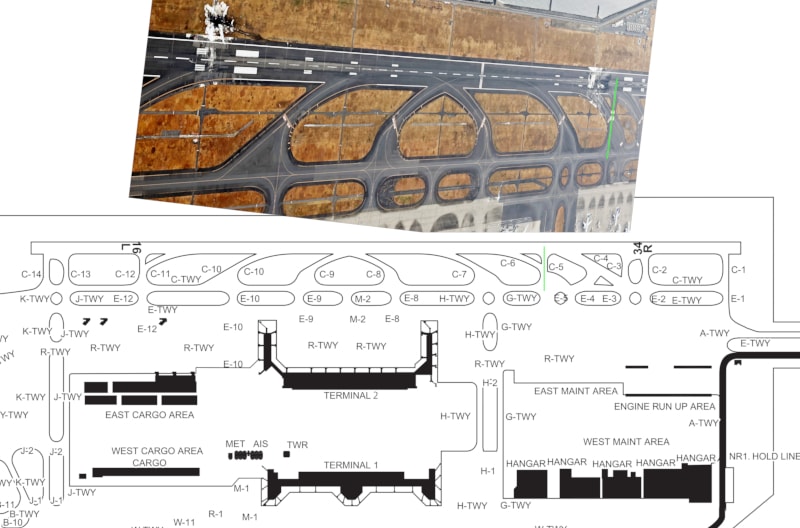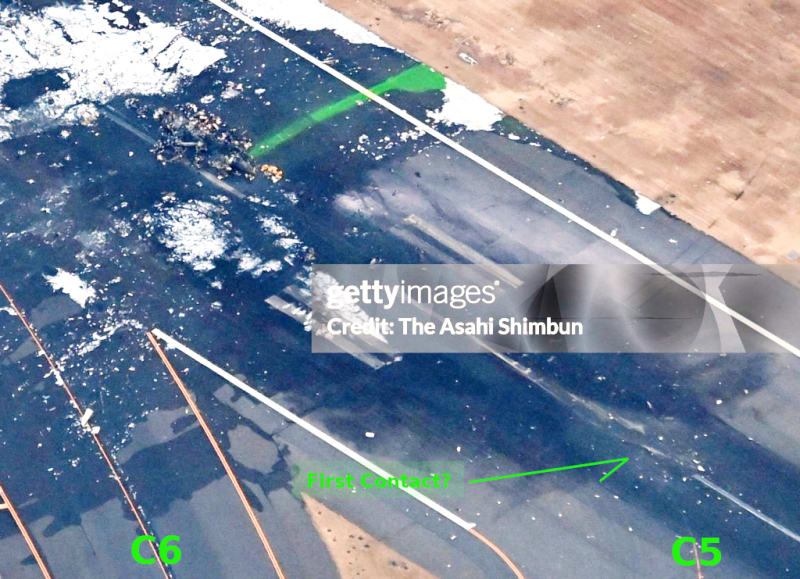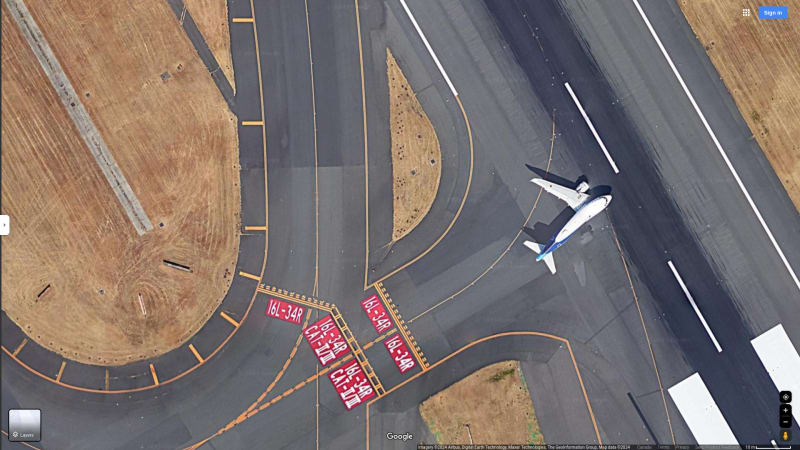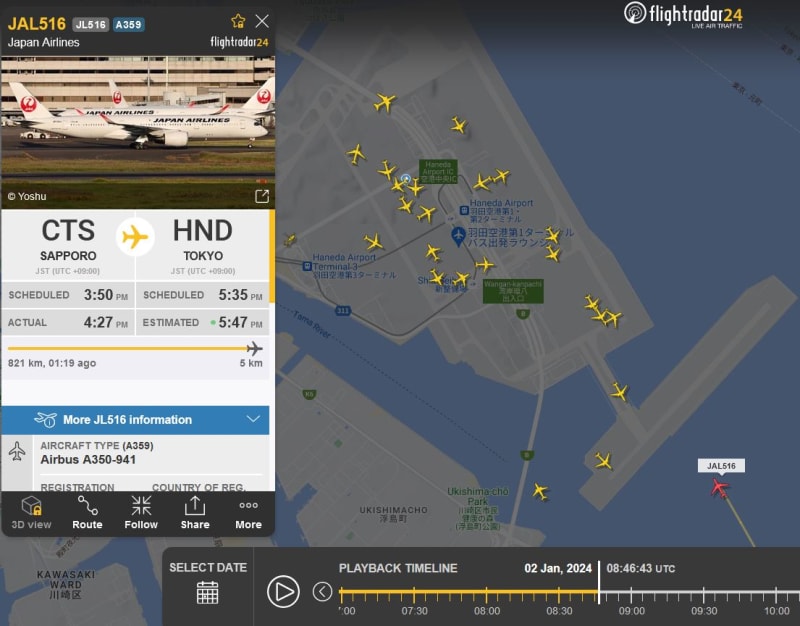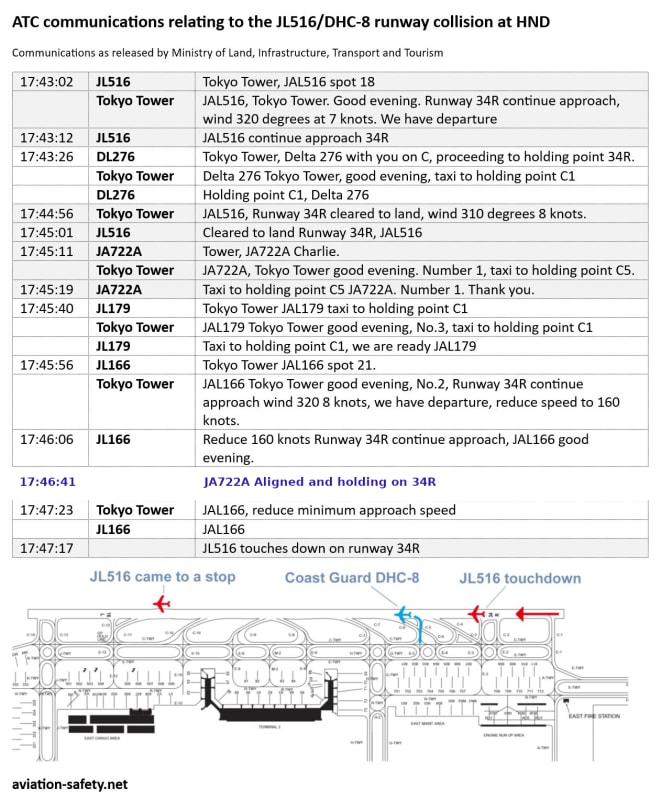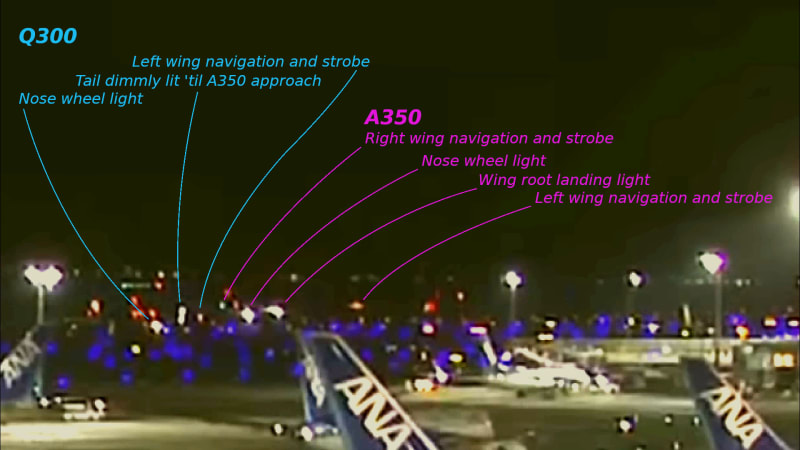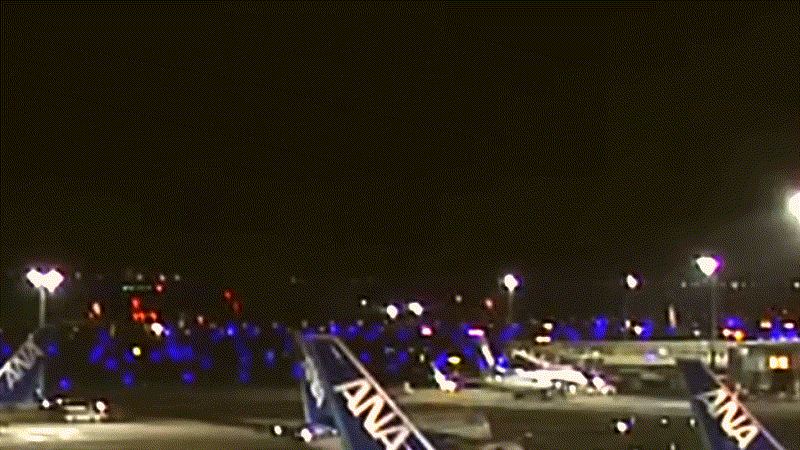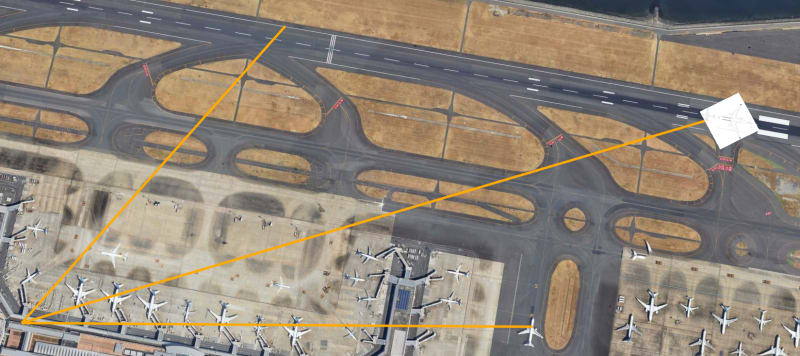- Thread starter
- #41
This says that the Coast Guard plane did not have a transponder, so flight control did not know the exact position of the aircraft. And the pictorial shows the two planes moving in opposite directions on the runway. Can that be correct?
Hand held megaphones, Alistair.
Hand held megaphones, Alistair.



